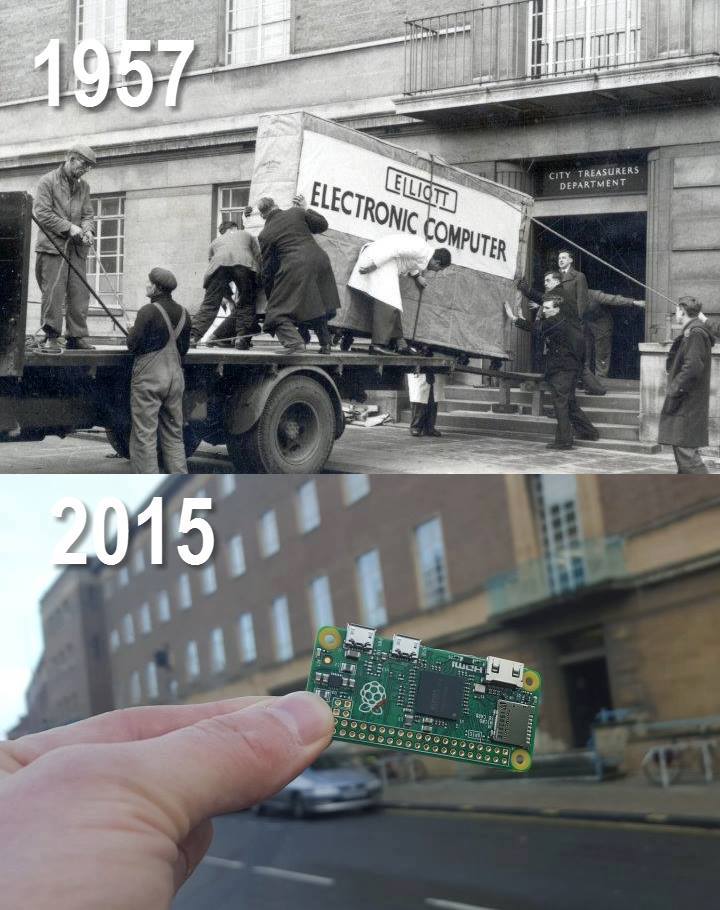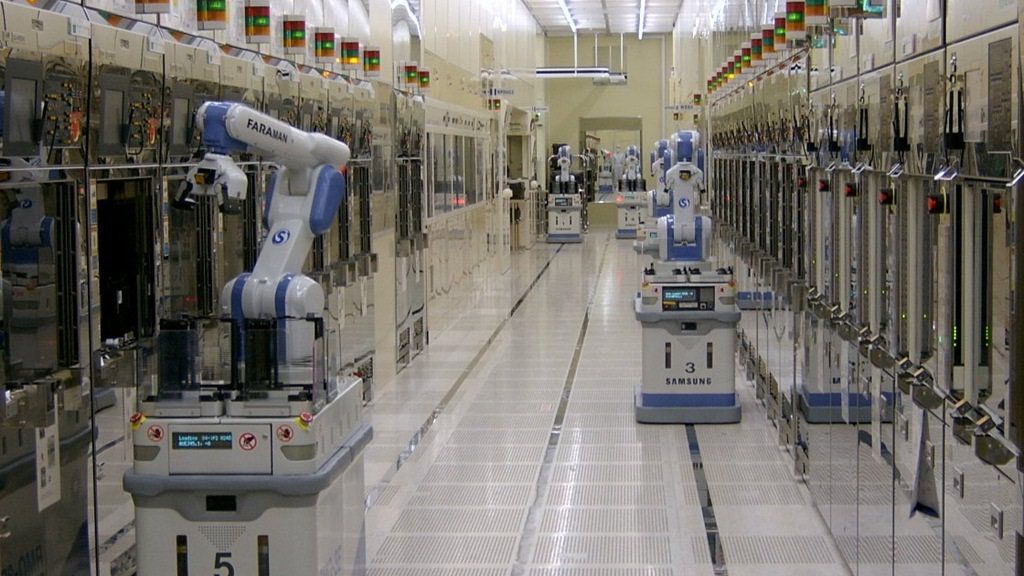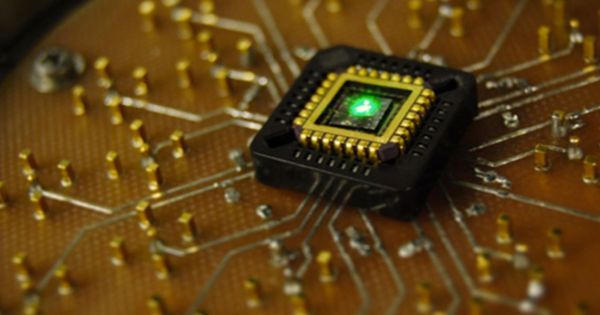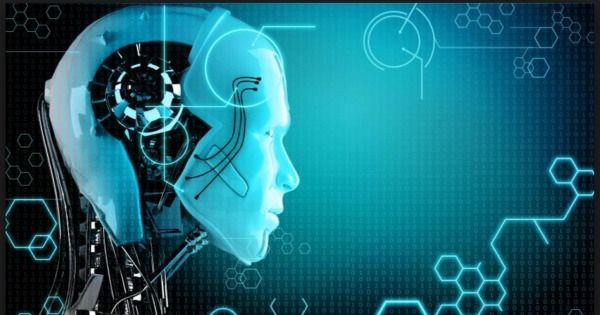Page 10781
Oct 18, 2016
Samsung’s 10nm node, SoCs now in mass production
Posted by Shailesh Prasad in category: computing
Samsung announced today that it is rolling out 10nm technology for mass manufacturing, with hardware expected in early 2017.
Oct 18, 2016
Graphene and Quantum Dots Come Together to Create “Hybrid” Tech
Posted by Shailesh Prasad in categories: materials, quantum physics
In Brief:
This new development in photoelectronics makes the technology more cost (and quantum) efficient. This opens ways for graphene to be further integrated in the field of photoelectronics.
EICREA professors Frank Koppens and Gerasimos Konstantatos led researchers in the ICFO in developing a hybrid photodetector that is better-performing in terms of speed, accuracy and range, and operates in the visible spectrum, near infrared (NIR) and short-wave infrared (SWIR), with wavelengths ranging from 400 to 3000 nm.
Continue reading “Graphene and Quantum Dots Come Together to Create ‘Hybrid’ Tech” »
Interesting!
An antimatter probe to a nearby star? The idea holds enormous appeal, given the colossal energies obtained when normal matter annihilates in contact with its antimatter equivalent. But as we’ve seen through the years on Centauri Dreams, such energies are all but impossible to engineer. Antimatter production is infinitesimal, the by-product of accelerators designed with a much different agenda. Moreover, antimatter storage is hellishly difficult, so that maintaining large quantities in a stable condition requires multiple breakthroughs.
All of which is why I became interested in the work Gerald Jackson and Steve Howe were doing at Hbar Technologies. Howe, in fact, became a key source when I put together the original book from which this site grew. This was back in 2002–2003, and I was captivated with the idea of what could be called an ‘antimatter sail.’ The idea, now part of a new Kickstarter campaign being launched by Jackson and Howe, is to work with mere milligrams of antimatter, allowing antiprotons to be released from the spacecraft into a uranium-enriched, five-meter sail.
Oct 17, 2016
A paralyzed man used his mind-controlled robotic hand to shake hands with President Obama at a Pittsburgh tech event
Posted by Shailesh Prasad in categories: biotech/medical, robotics/AI
Oct 17, 2016
Self-Learning AI: This New Neuro-Inspired Computer Trains Itself
Posted by Gerard Bain in categories: computing, robotics/AI
In Brief:
- Using reservoir computing and backpropagation, researchers were able to push an analog computer past its own boundaries.
- By combining established technologies with new innovations, we can speed up development with tech having the ability to improve itself.
Oct 17, 2016
The High-end VR Room of the Future Looks Like This — By Sarah Downey | UploadVR
Posted by Odette Bohr Dienel in category: virtual reality
“Let’s start from the ground up. Forget the room scale debate: the VR setup of the future moves with you.”
Oct 17, 2016
How quantum effects could improve artificial intelligence
Posted by Andreas Matt in categories: computing, encryption, quantum physics, robotics/AI, sustainability
(Phys.org)—Over the past few decades, quantum effects have greatly improved many areas of information science, including computing, cryptography, and secure communication. More recently, research has suggested that quantum effects could offer similar advantages for the emerging field of quantum machine learning (a subfield of artificial intelligence), leading to more intelligent machines that learn quickly and efficiently by interacting with their environments.
In a new study published in Physical Review Letters, Vedran Dunjko and coauthors have added to this research, showing that quantum effects can likely offer significant benefits to machine learning.
“The progress in machine learning critically relies on processing power,” Dunjko, a physicist at the University of Innsbruck in Austria, told Phys.org. “Moreover, the type of underlying information processing that many aspects of machine learning rely upon is particularly amenable to quantum enhancements. As quantum technologies emerge, quantum machine learning will play an instrumental role in our society—including deepening our understanding of climate change, assisting in the development of new medicine and therapies, and also in settings relying on learning through interaction, which is vital in automated cars and smart factories.”
Continue reading “How quantum effects could improve artificial intelligence” »
Oct 17, 2016
Engineers reveal fabrication process for revolutionary transparent graphene neural sensors
Posted by Roman Mednitzer in categories: bioengineering, biotech/medical, genetics, neuroscience

In an open-access paper published Thursday (Oct. 13, 2016) in the journal Nature Protocols, University of Wisconsin–Madison engineers have published details of how to fabricate and use neural microelectrocorticography (μECoG) arrays made with transparent graphene in applications in electrophysiology, fluorescent microscopy, optical coherence tomography, and optogenetics.
Graphene is one of the most promising candidates for transparent neural electrodes, because the material has a UV to IR transparency of more than 90%, in addition to its high electrical and thermal conductivity, flexibility, and biocompatibility, the researchers note in the paper. That allows for simultaneous high-resolution imaging and optogenetic control.
Oct 17, 2016
The 4 big ethical questions of the Fourth Industrial Revolution
Posted by Shane Hinshaw in categories: bioengineering, biological, genetics, robotics/AI

https://youtube.com/watch?v=khjY5LWF3tg
We live in an age of transformative scientific powers, capable of changing the very nature of the human species and radically remaking the planet itself.
Advances in information technologies and artificial intelligence are combining with advances in the biological sciences; including genetics, reproductive technologies, neuroscience, synthetic biology; as well as advances in the physical sciences to create breathtaking synergies — now recognized as the Fourth Industrial Revolution.
Continue reading “The 4 big ethical questions of the Fourth Industrial Revolution” »
















